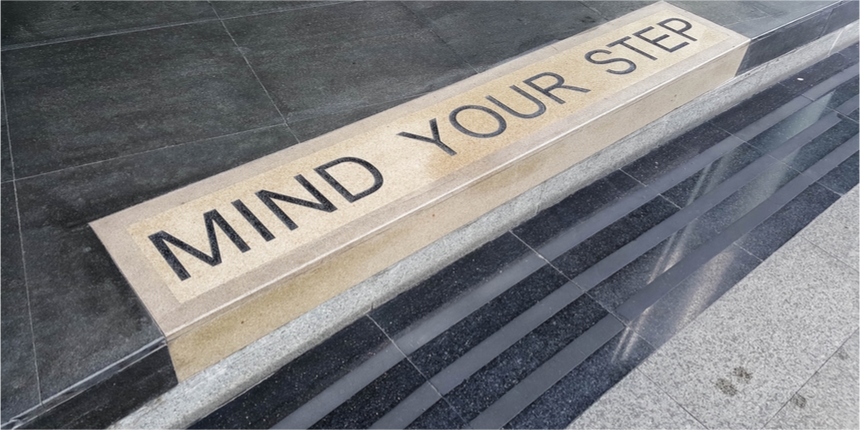Managing Slips and trips in the workplace

Managing Slips and trips in the workplace
What are the main causes of slips and trips ?
Most slips occur in wet or contaminated conditions, frequently as a result of weather conditions or spillages. Commonly, trips are caused by worn paths, steps or floor coverings and where electricity cables trail across the floor.
Where an injury occurs due to a slip or trip, your organisation could be prosecuted or sued for compensation by the injured party. Prevention of slips and trips is therefore extremely important for organisations.
What are your legal responsibilities in relation to slips and trips?
If you are an employer you must comply with the general requirements of the Safety Health & Welfare At Work Act 2005 and the Safety Health & Welfare At Work (General Application) Regulations 2007 These require that workplaces are properly maintained, well lit and free of obstacles amongst other things.
You will also need to comply with these if you have control of premises used as workplace. More generally as someone in control of premises, you will have to make sure that access is safe.
You also need to meet your common-law duty of care, ensuring that your premises do not cause injury to another because you have acted negligently.
How can you prevent slips and trips?
Having a robust strategy in place for managing the risk from slip and trip hazards is key.
This could include carrying out a thorough inspection of your premises to identify any hazards and decide if your precautions are adequate.